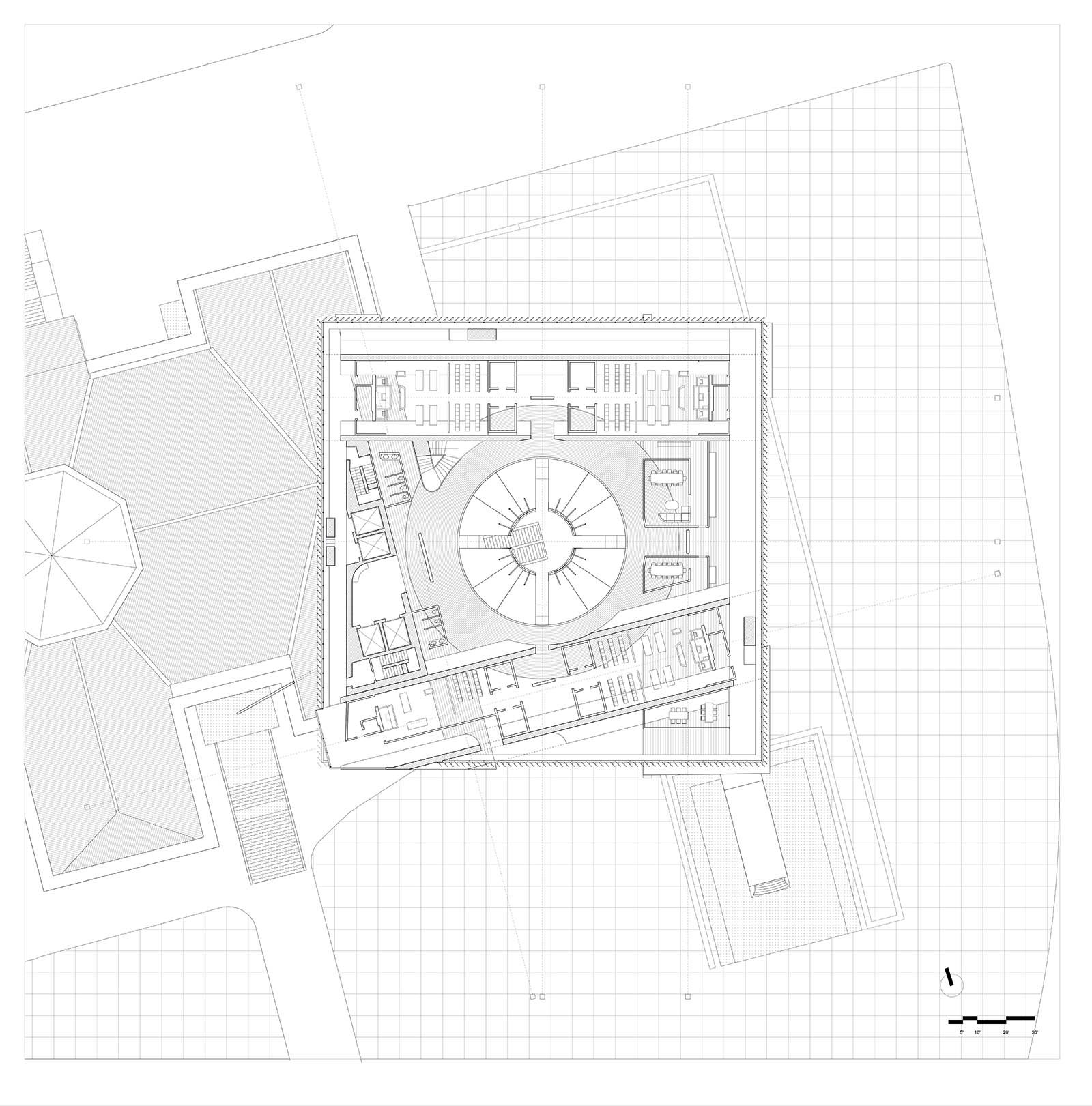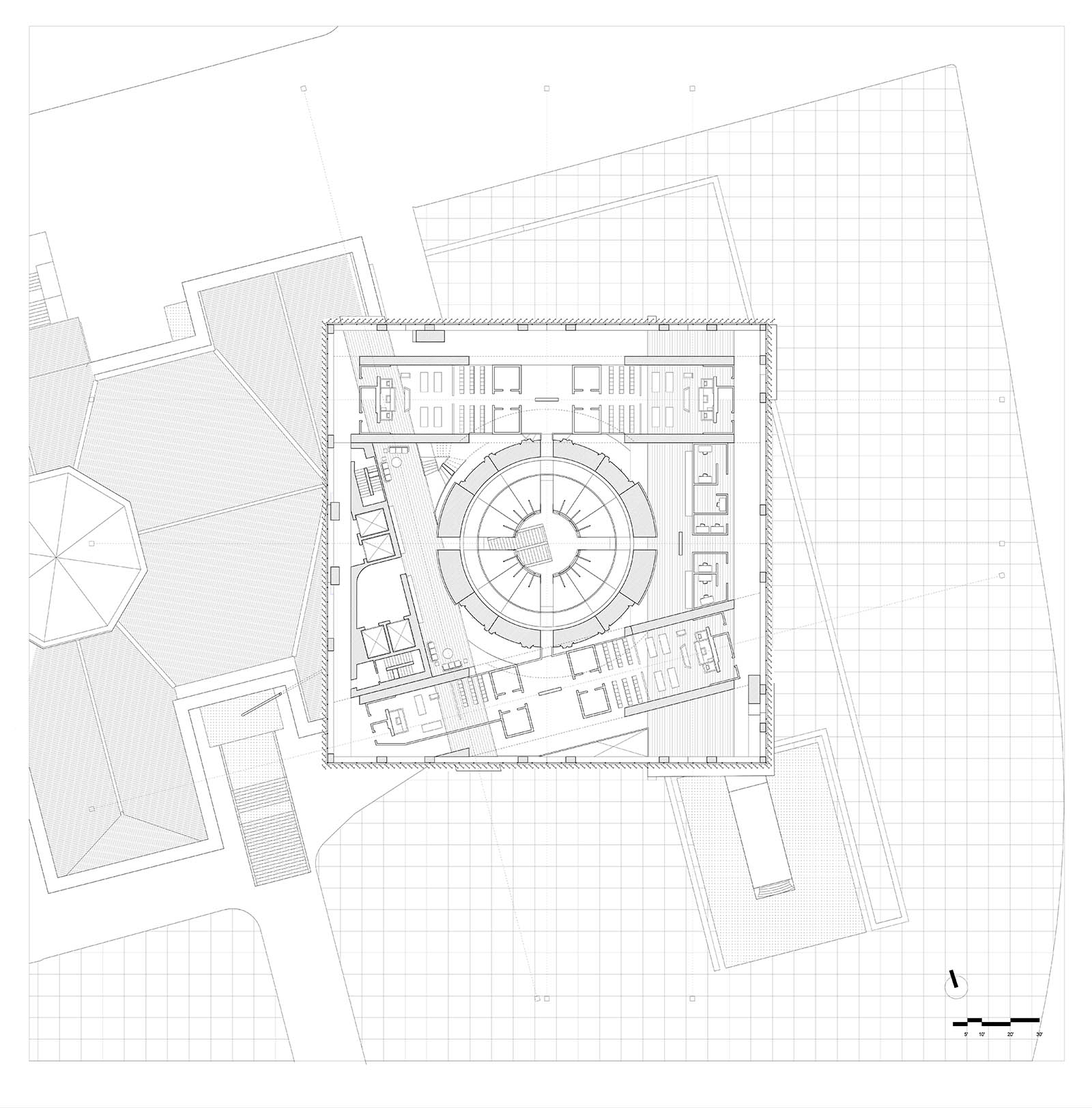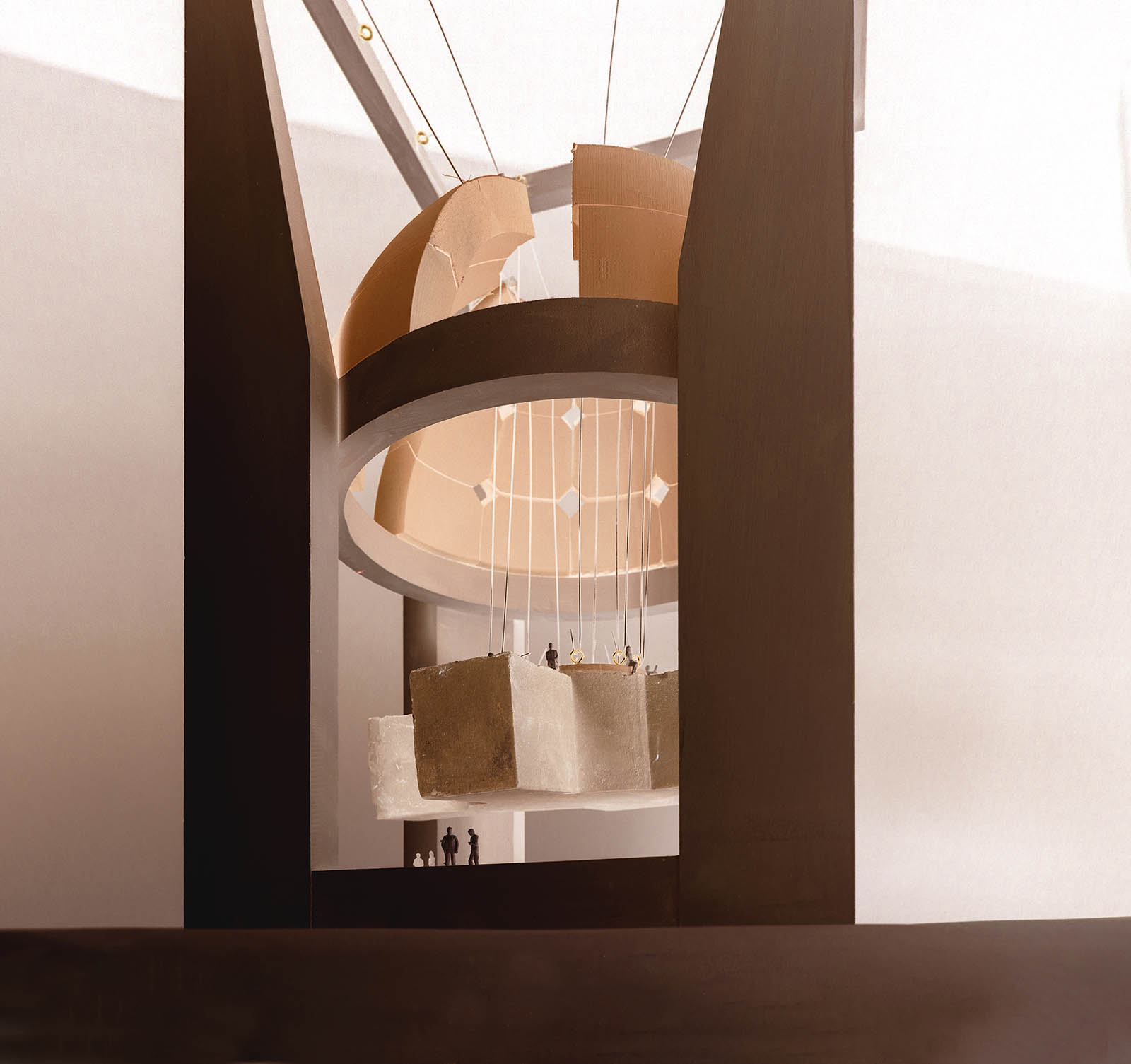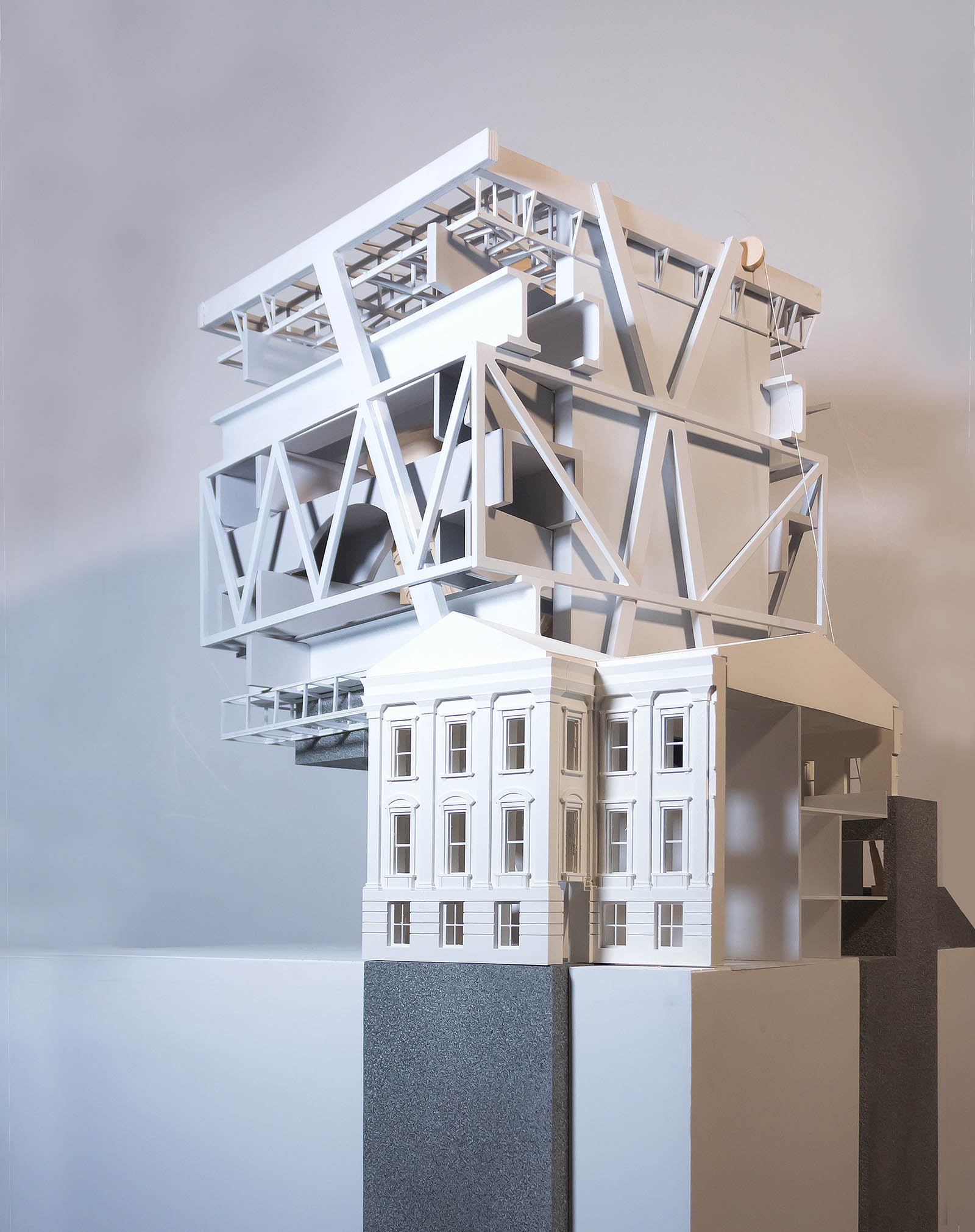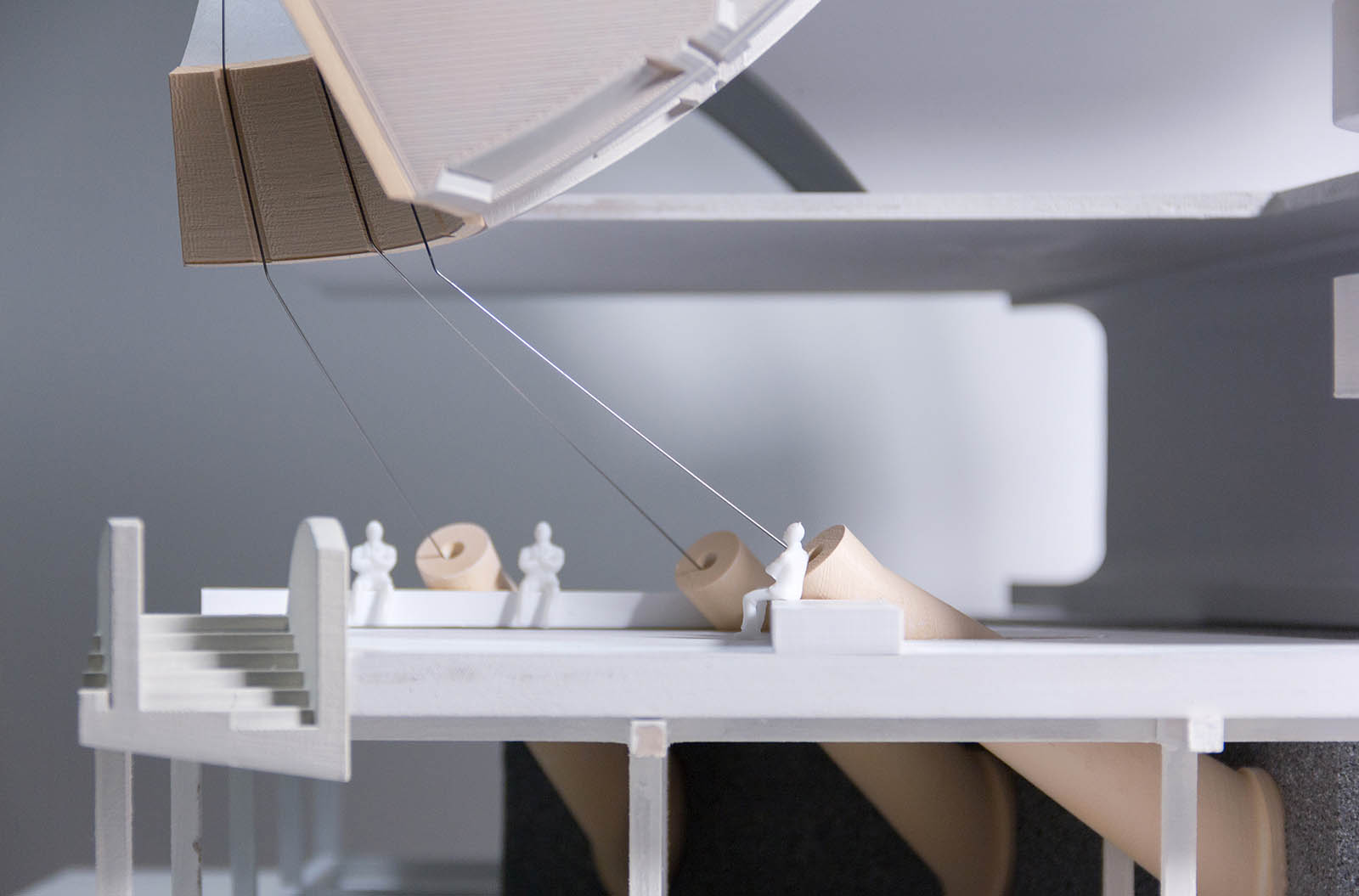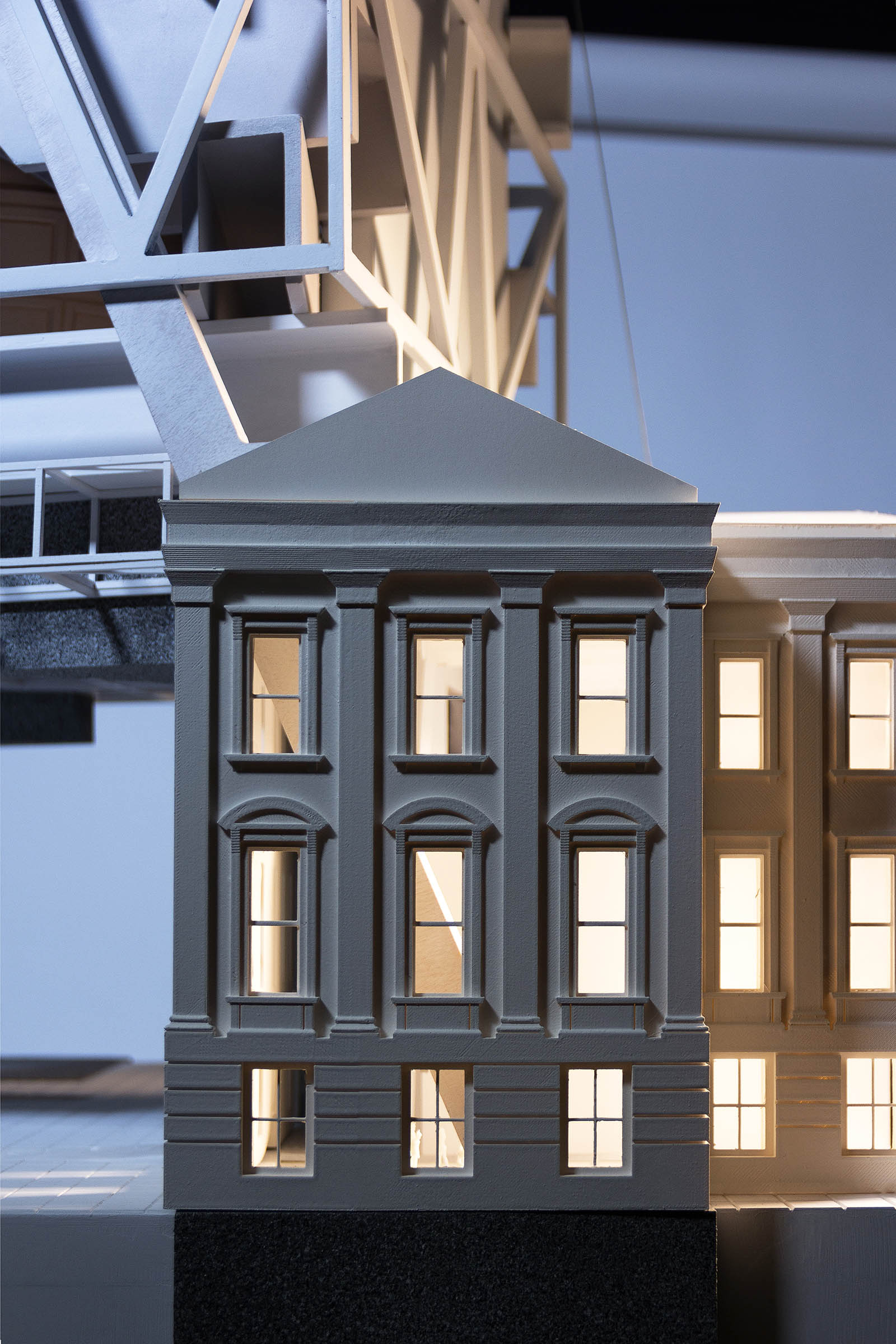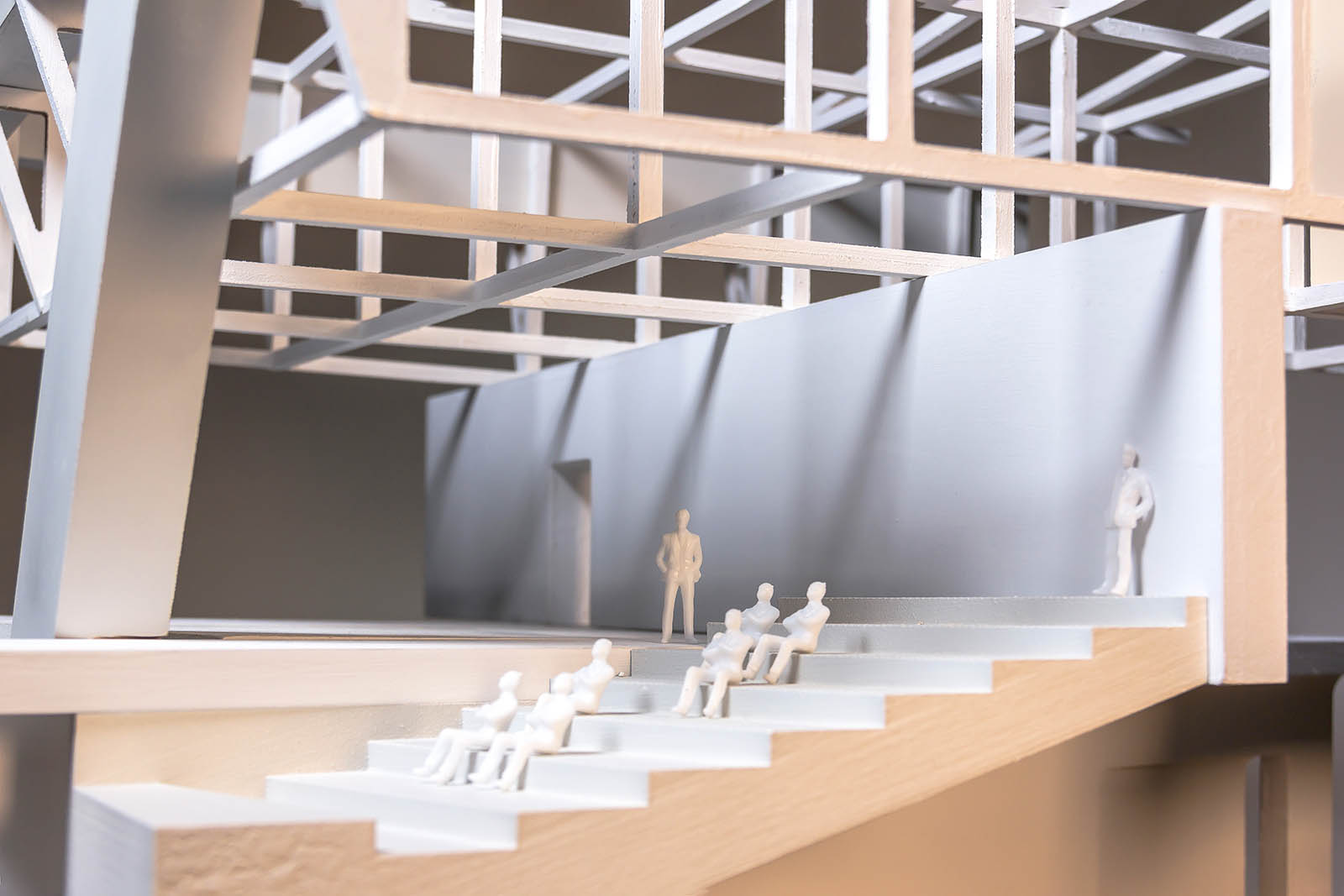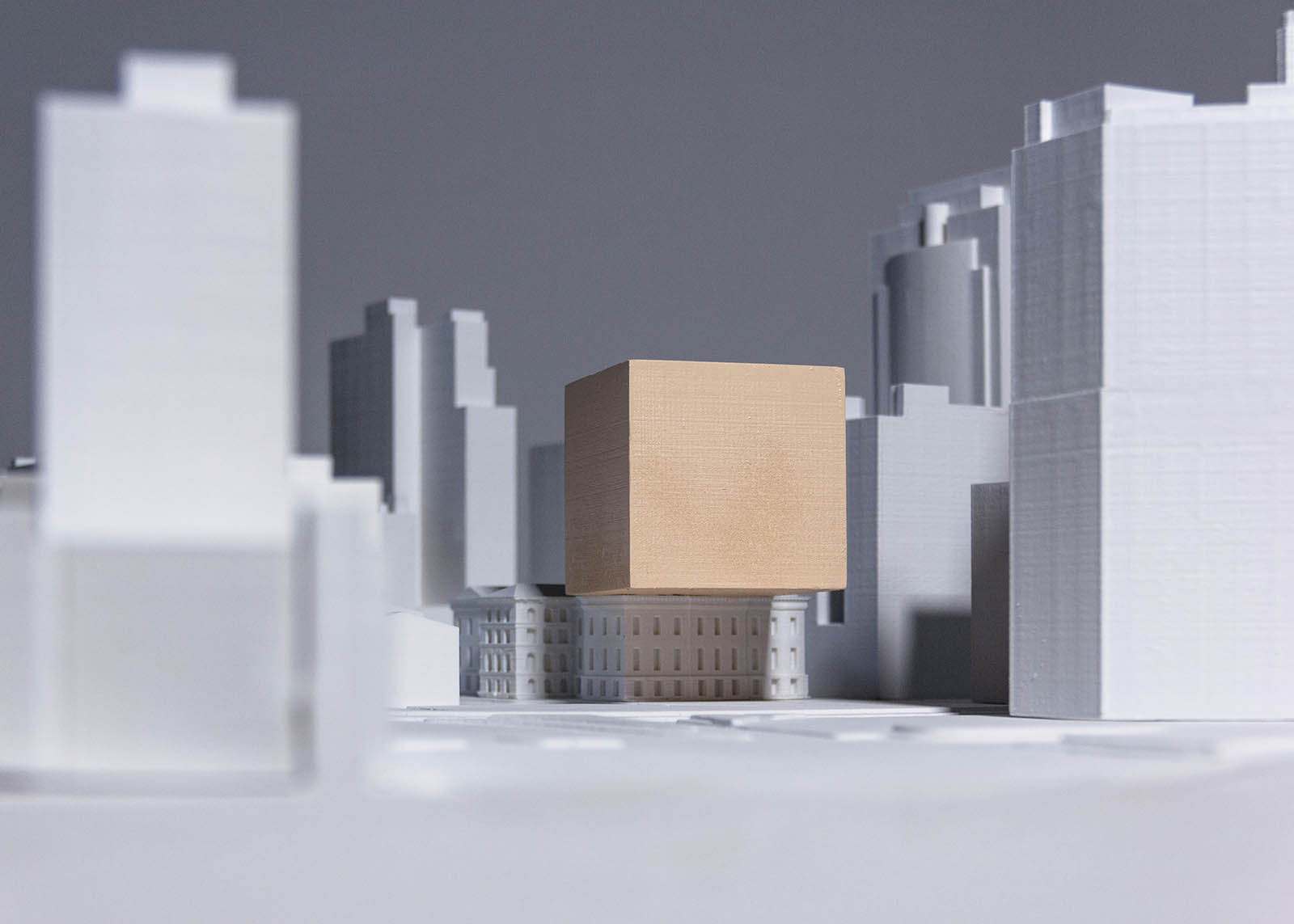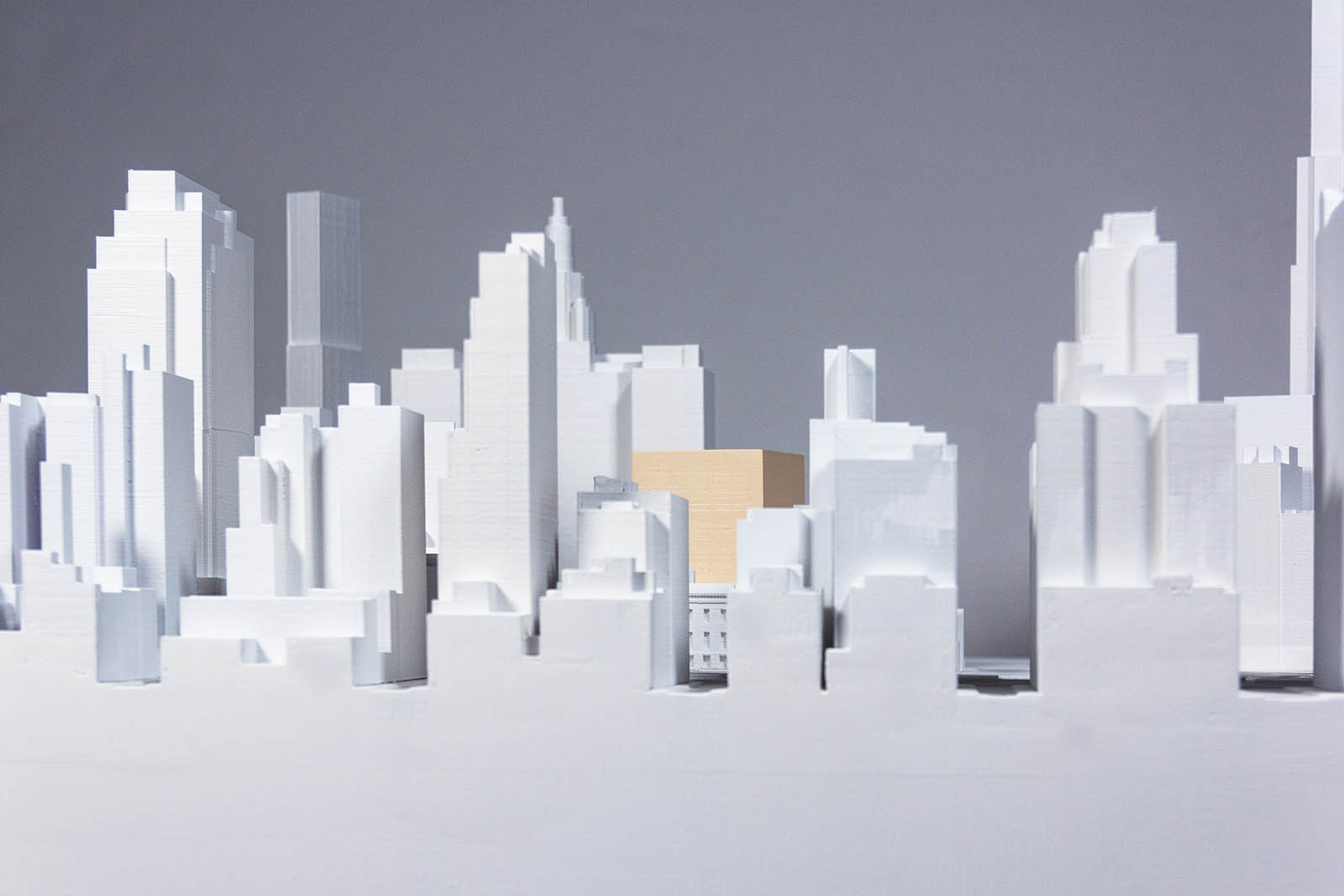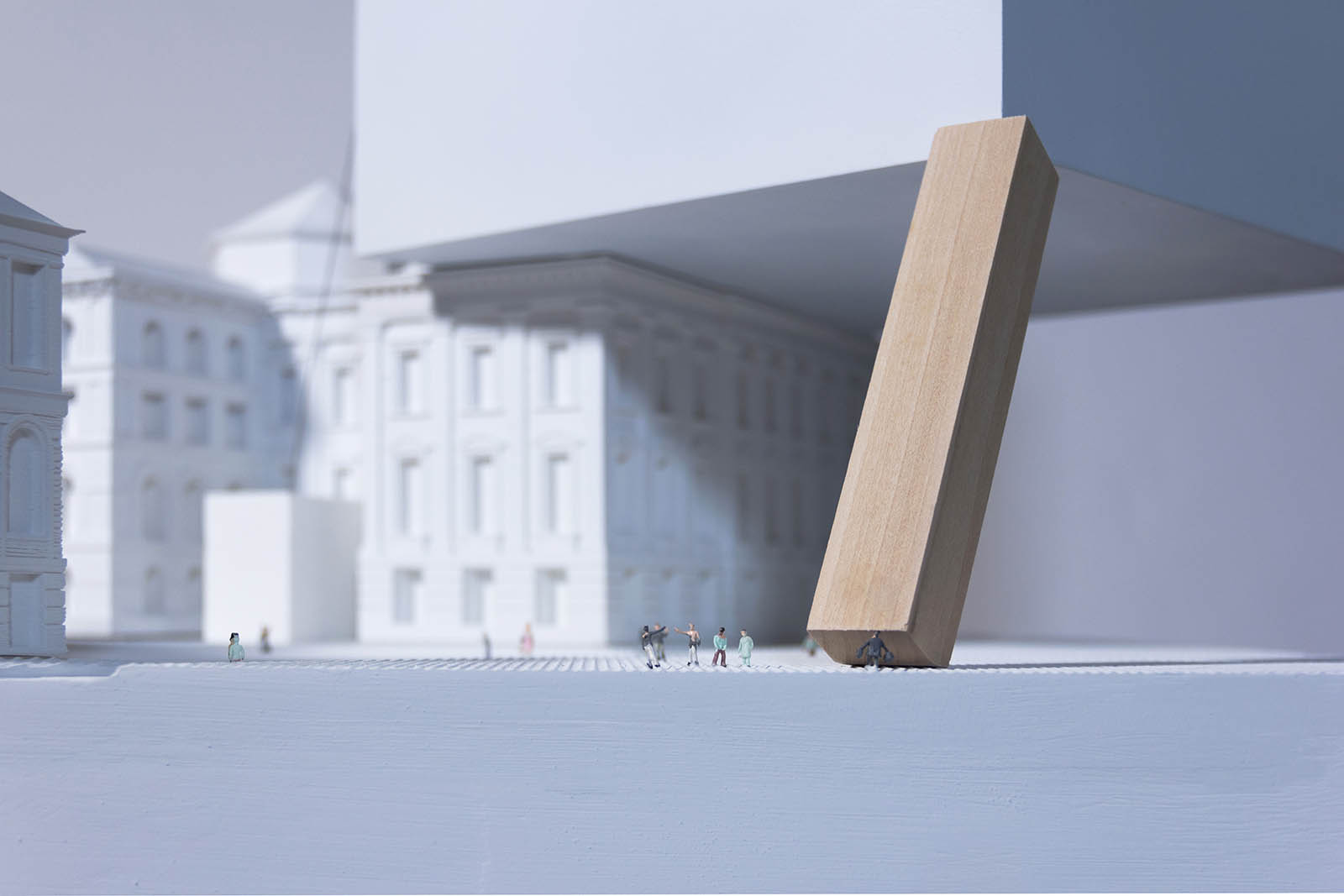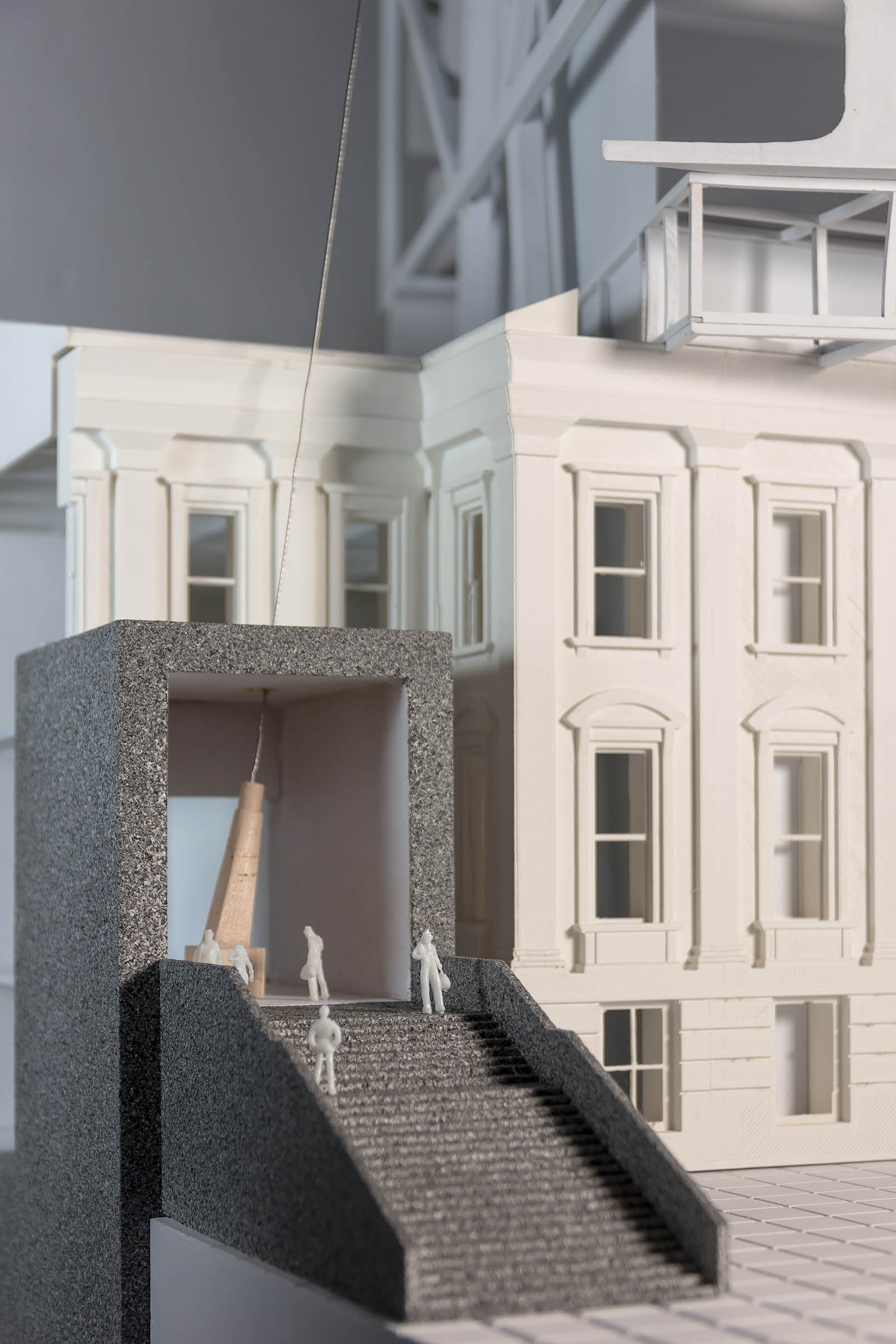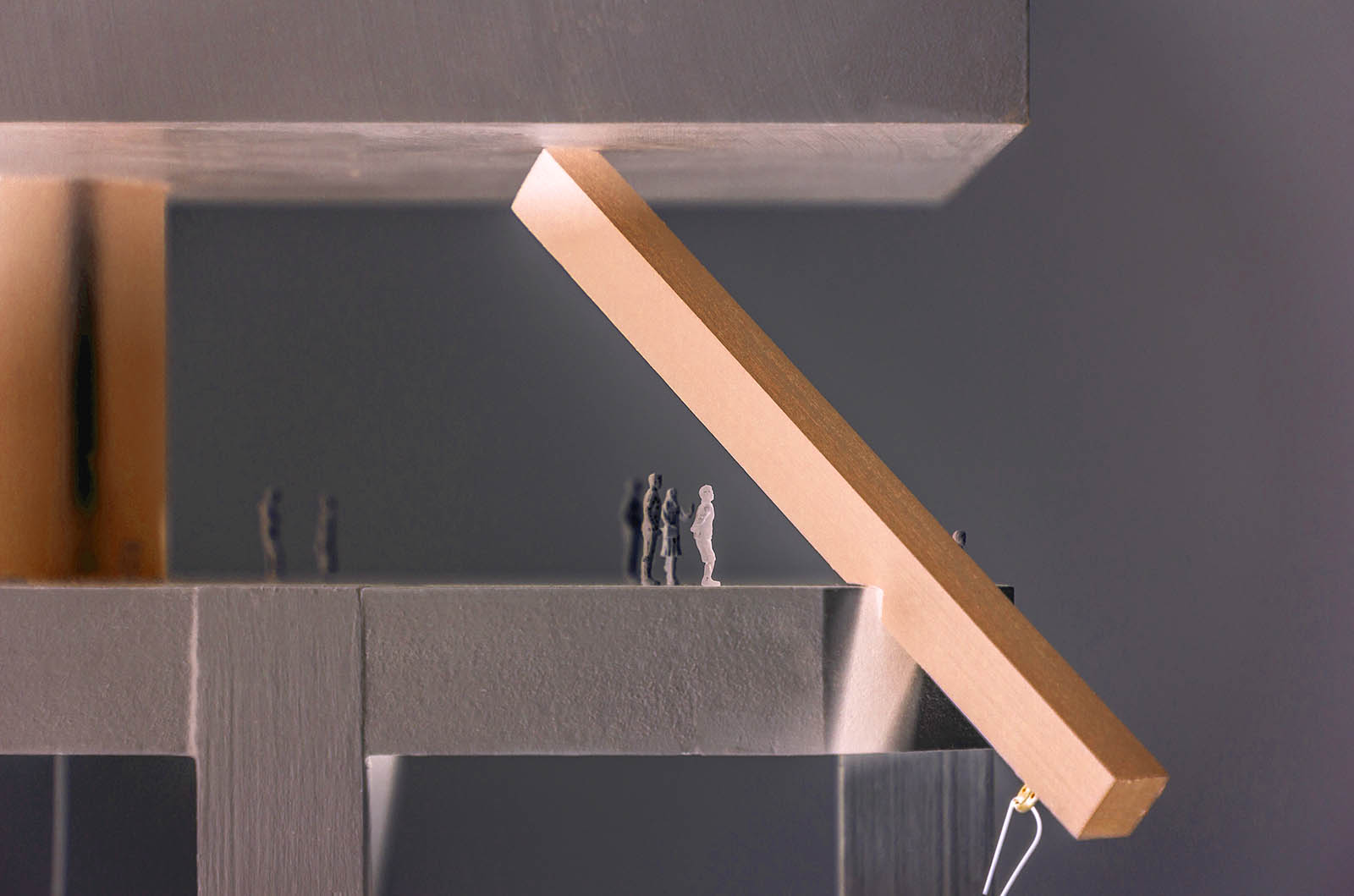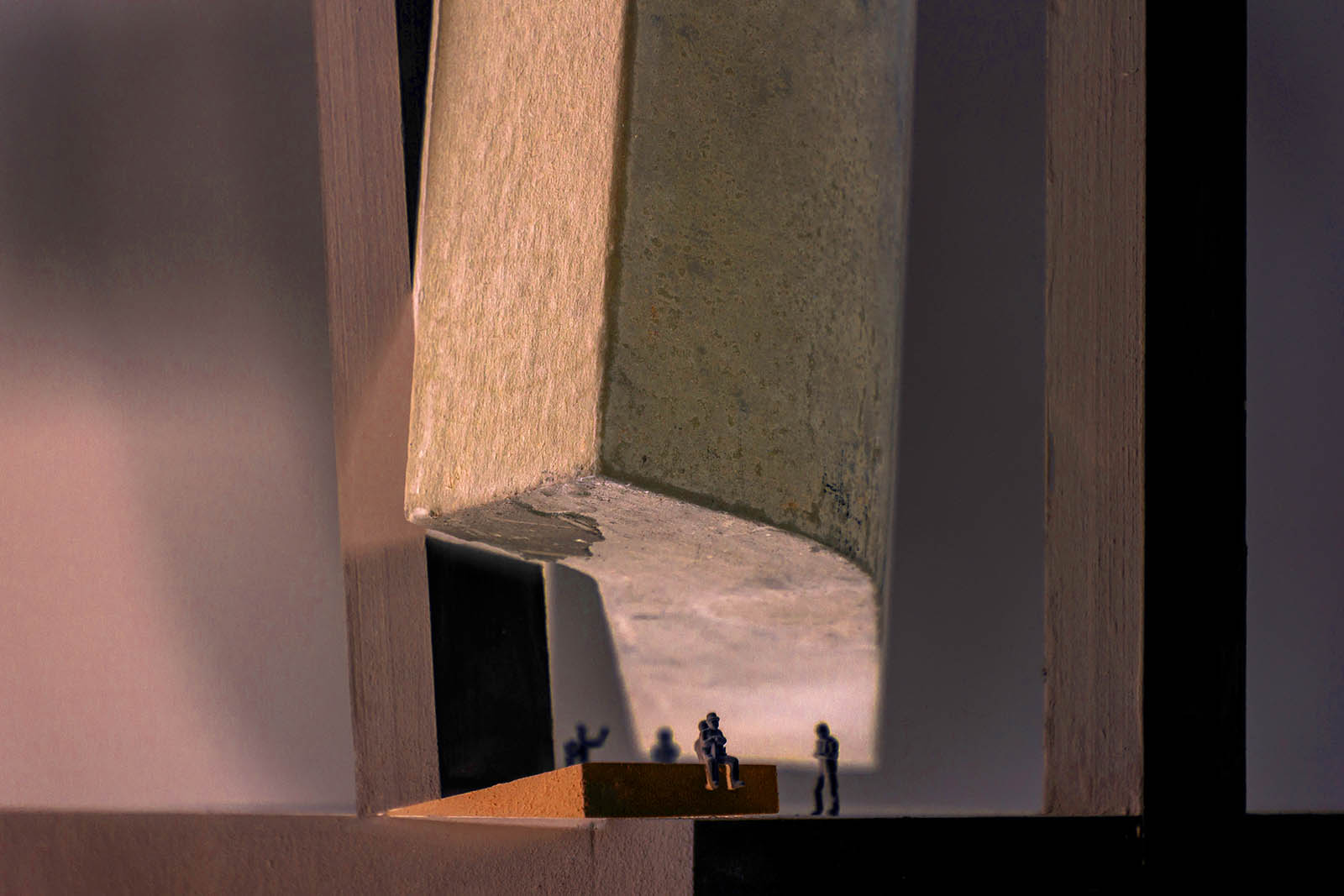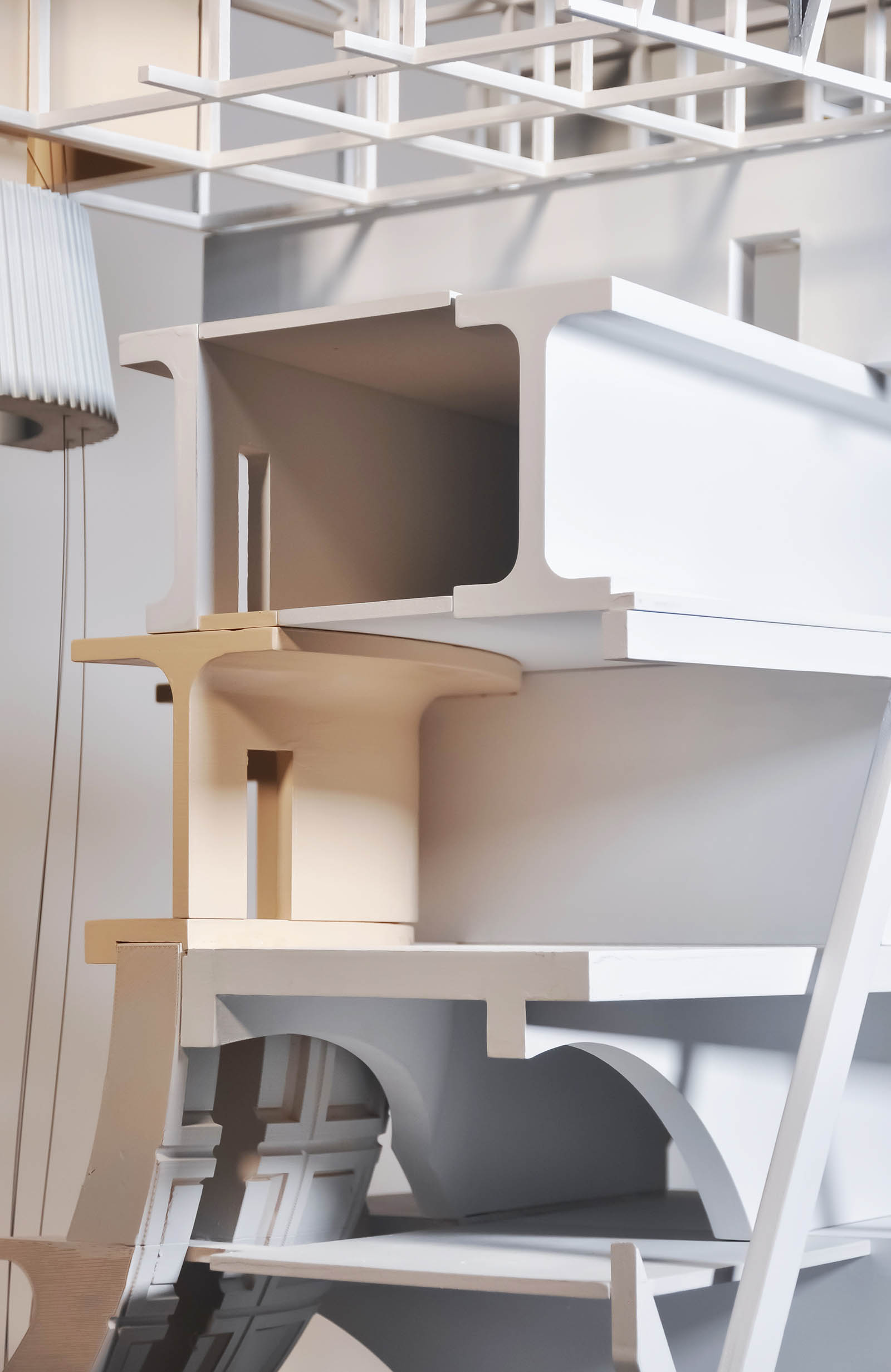Mixed Metaphors: The Poetics of Gravity, Machines, and Empathy
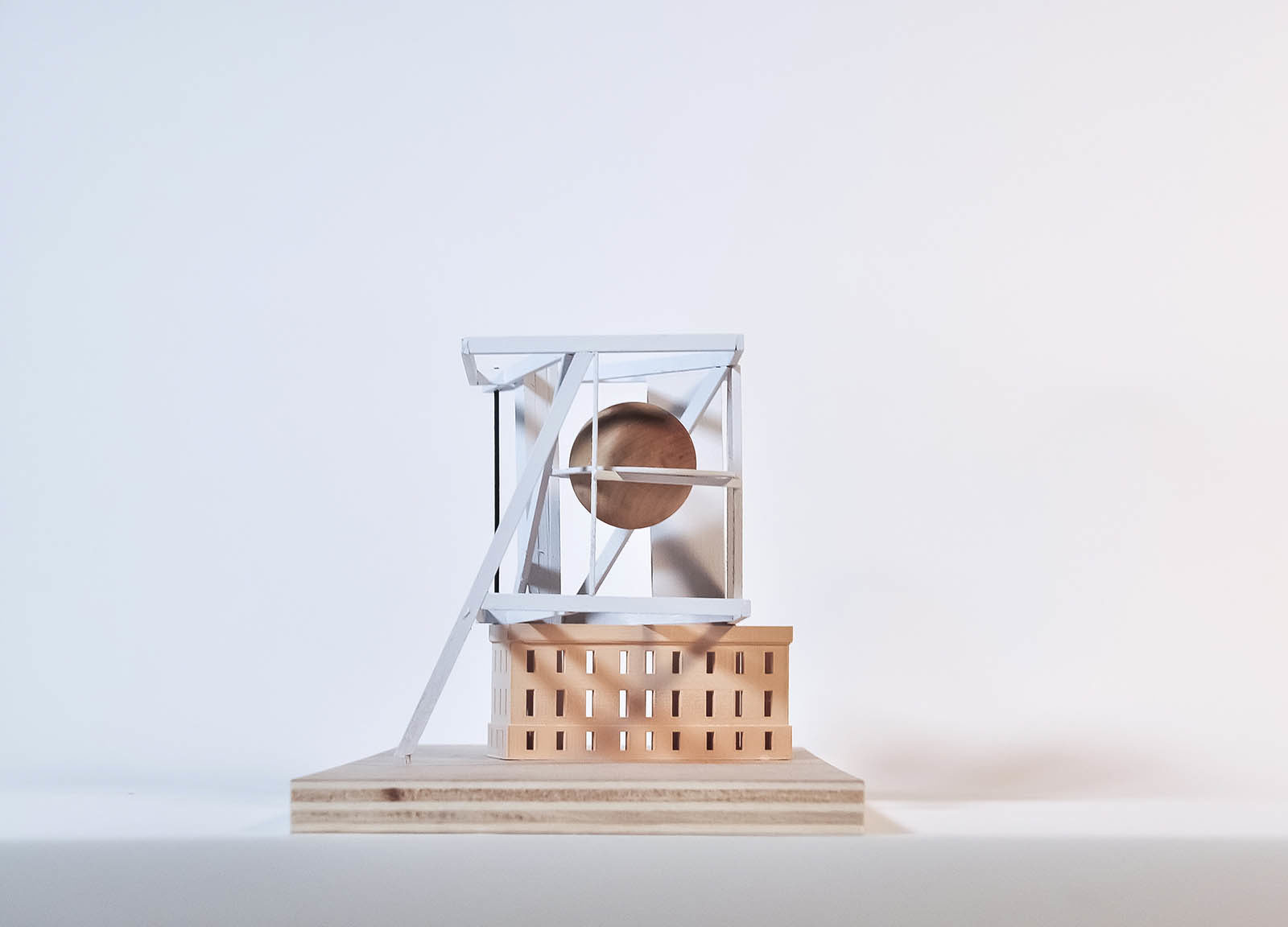
by Morgan Starkey (MArch I ’19) — Recipient of James Templeton Kelley Prize, Masters in Architecture I
“The joint, that is, the detail, is the place of the meeting of the mental construing and of the actual construction”
Marco Frascari, The Tell-Tale Detail
Gravity connects us to inanimate matter – literally – this attraction is the reality of our physics. Perhaps more importantly though, gravity links us figuratively and emotionally as we empathize with the load-bearing members in an assembly because we too are burdened by the same force. Empathy, the connective tissue between the construing of our mind and the construction of matter, permits us to “feel into” the objects in our environment as our bodies themselves become parts in these assemblies. It is the tectonic expression of joints holding together these co-dependent parts in precarious equilibrium that allows for an assembly to be coherently understood as representative of a larger order, idea, or system.
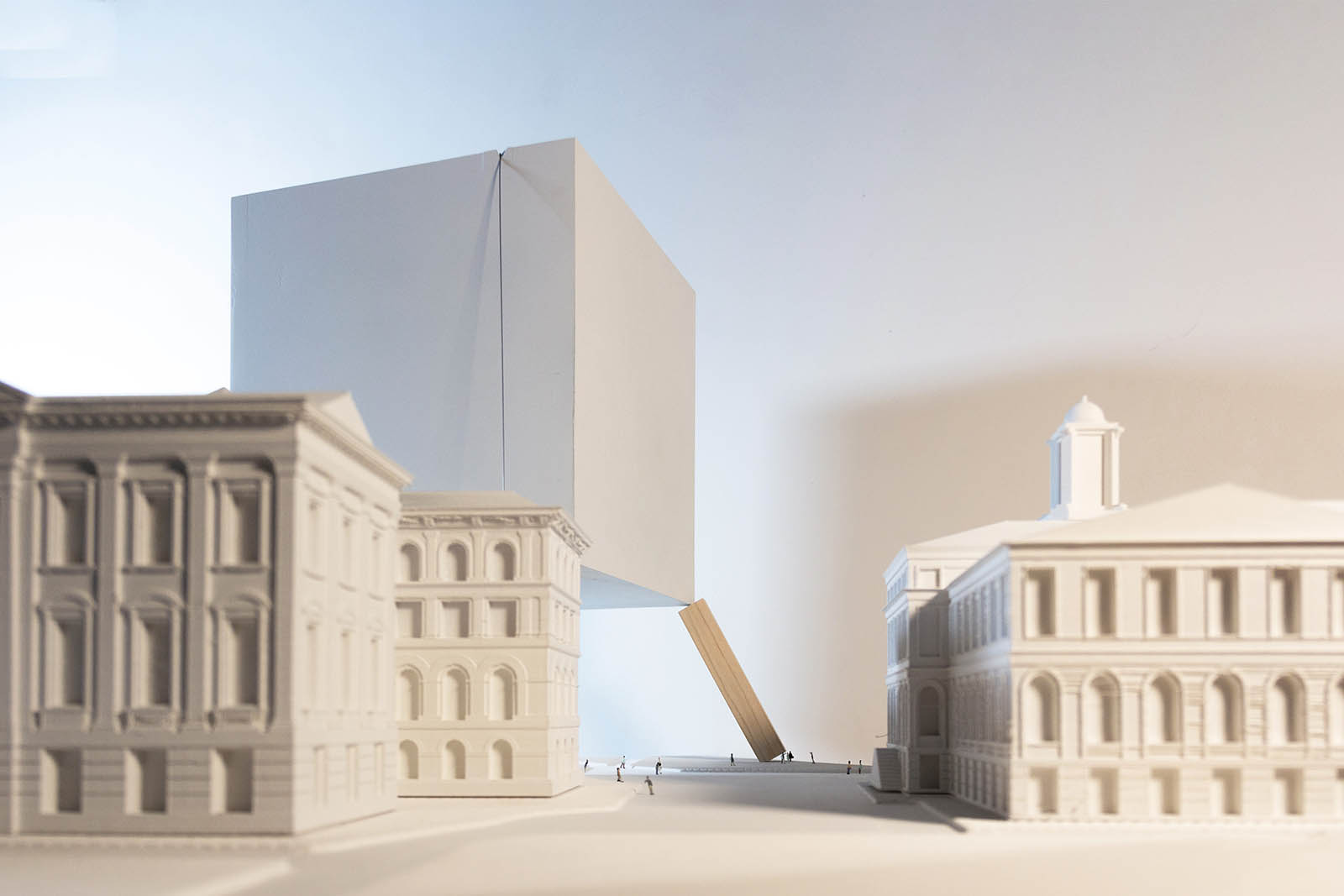
If the joint is the nexus between the mental and physical aspects of Architecture, where tectonic metaphors tell stories about the society that constructed it, these details become analogous to Architecture at large – that is, a mode of human creativity that imbricates the metaphorical, the allegorical, and the imaginary with the physics of reality. This thesis contends that the notion of the “detail” is scaleless, and at its best, a building can be read as a single detail, a simple machine of expressive elaboration of the work done to resist the gravity that wants to destroy it. It makes legible the flow of forces at play in coordination with and choreographed to its program and the ideas it’s tasked to represent as a unified whole.
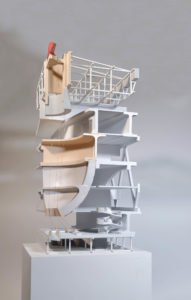
In late 19th Century New York City, Boss Tweed, the head of the city’s foremost political machine, commissioned the construction of a grand neoclassical courthouse to ornament City Hall park in effort to establish Tammany Hall’s political dominance. During construction, Tweed infamously embezzled hundreds of millions of (2019) dollars and was later convicted in the unfinished courthouse and sent to prison. The central feature of the building, its Beaux Arts dome, was therefore never completed and the building today is capped by a simple glass atrium. This project seeks to “complete” the building, with an inverted dome held precariously in compression by the weight of a hung prisoner detention mass below. The intervention heroically cantilevers over City Hall Park, propped on one corner and tied back with a tension member in another. The tension member’s stay is a massive stereotomic anchor that serves as the grand entrance to the courthouse. At every scale, the building attempts to turn the tectonic into the scenographic, choreographing ostensibly inefficient structural solutions with the complex circulation and programmatic concerns required by the modern courthouse. The building is precariously held in balance through this combination of simple machines and props, where an intentional conflation of sociological and physical weight orients the courthouse’s various users through its constituent parts, each dependent on each other to stand

